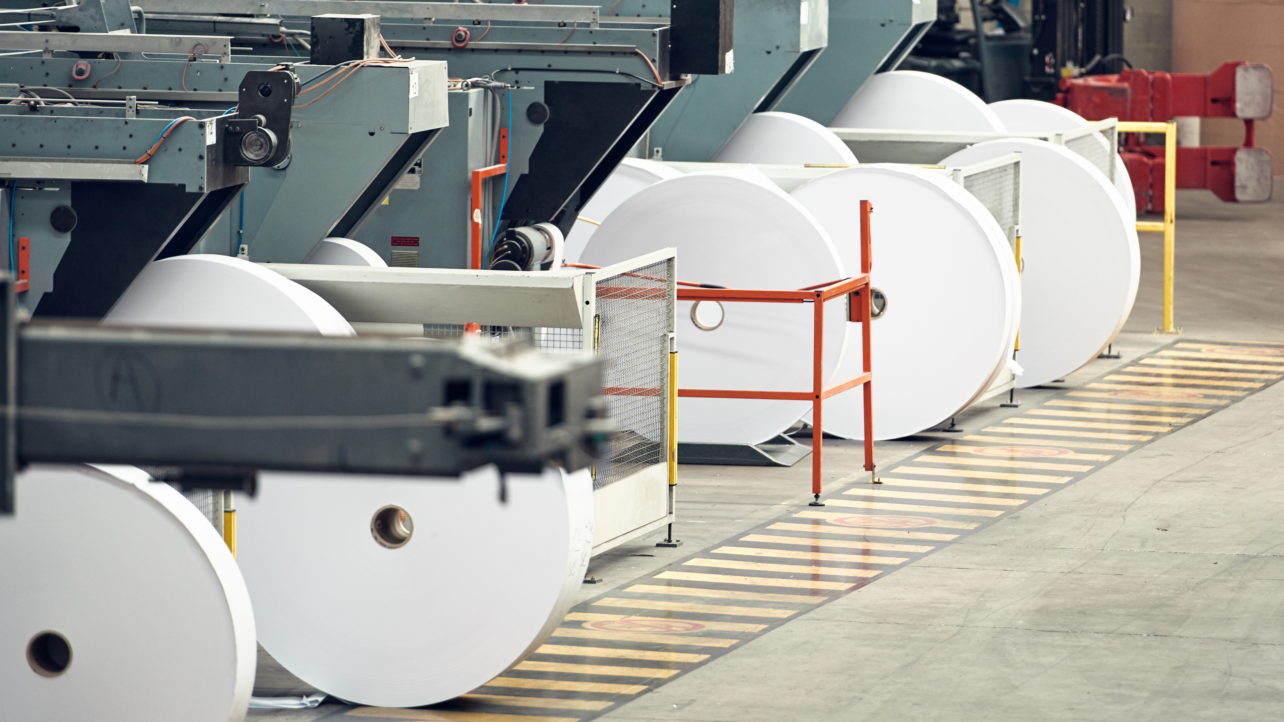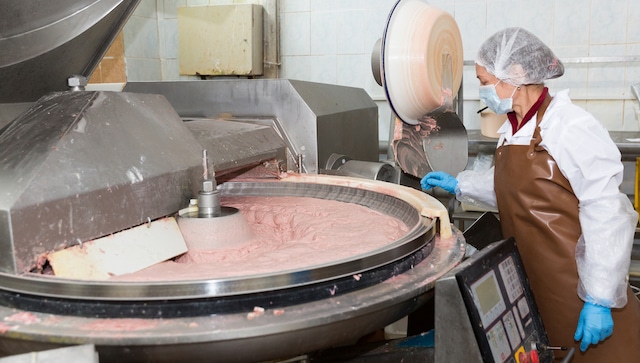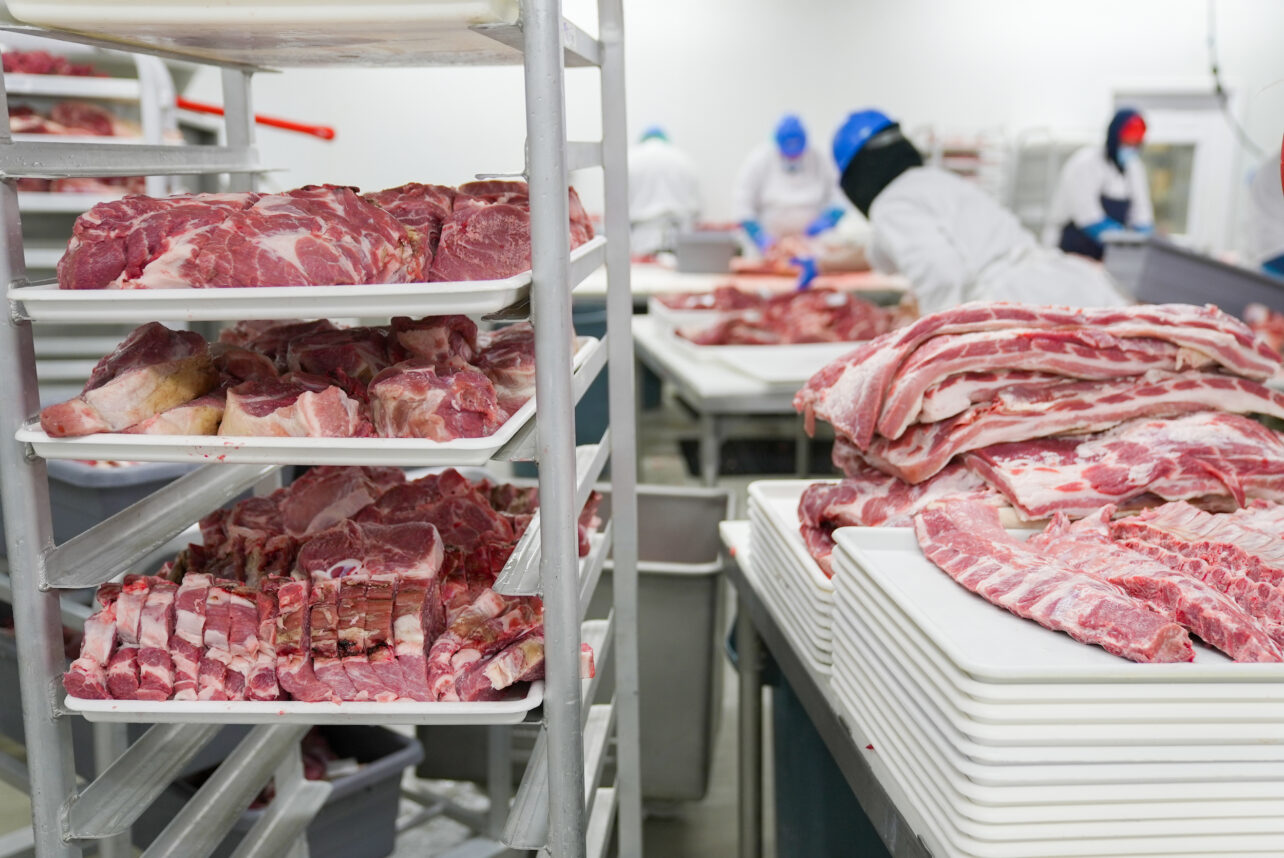Revolutionize your paper manufacturing with AI-driven optimization. Enhance efficiency, cut costs, and achieve autonomous operations like industry leaders Arjowiggins and Oji Paper. Embrace the future of smarter production!
Learn more

Increasing costs and consumer demands mean meat manufacturers must continuously identify cost reductions and waste while meeting strict quality requirements. In order to reduce waste while scaling production, meat producers need to quickly detect and prevent sources of variation.
Drive short-term and residual ROI by leveraging digital solutions that help meat manufacturers optimize processes quickly and efficiently. This guide includes use cases to increase throughput and improve yield from our meat manufacturing customer base.
Like many industries, meat manufacturers often rely on word-of-mouth reporting and/or delayed reporting to understand how they performed the previous day/shift/week. In this competitive market, inconsistent throughput means fewer sales, dissatisfied customers, and often excessive waste. With so many eyes on the meat market, it’s critical for meat producers to implement digital tools that are designed to help support varying use cases across the organization.
For example, one of our customers slices more than 60,000 of meat per shift. This includes multiple recipes that account for food trends such as seasonal flavors, reduced sodium, and center-cuts. This means that in a single shift, multiple recipes and line changeovers occur, opening up the door to delayed batches and throughput.

Prior to implementing Braincube, this meat manufacturer lacked visibility to real-time performance data, leading to inconsistent product and irregular throughput. Management had to invest their time in consolidating reports and making conclusions from a variety of data sources and systems. Even if a defect was identified, it was often too late to address, driving up waste volume.
Like most meat producers, they didn’t have time to risk implementing a new technology that may or may not help improve their throughput KPIs. However, after learning that Braincube could help them consolidate their data sources in a number of weeks with a live production dashboard and a tracking dashboard for management, they knew they must try something different. After implementing these data visualizations, this customer increased their yield by +50% and saved two hours per day of management’s time through automated reporting.
With so many moving parts in meat processing plants, keeping track of each variable is next to impossible. Oftentimes, even if process information is digitized, data is collected yet not optimized for business usage in a timely manner. Historized data can help with long-term trend and root cause analysis, but it will not have an instant impact on yield. Setting automated, proactive alerts that indicate a problem is going to occur or is happening in real time can have a major impact on yield. For example, a meat producer can trigger an automated alert when something like the slicer changes its speed out of spec. This type of automation is up and running in days to weeks.
With automated condition monitoring and alerting, teams are notified by SMS or email when any critical indicator falls below range. This is true of almost any phase of production; if the temperature drops during cooking, pickling, or slicing, this triggered alert is both specific to what needs to change and is also automatically recorded as an event for further analysis and optimization. Live monitoring tools make it possible to detect and course-correct before it’s too late.

A meat provider we work with knew that if teams had a way to view real-time production data, they could more accurately adapt the slicer for difficult products that are inconsistent in shape. This manufacturing company added large monitors to the shop floor that displayed live production settings with the right specs to drive the highest possible yield for meat products, with special attention to products with irregular shapes or consistency.
By placing monitors on the shop floor, they were able to ‘gamify’ their production lines and curated a friendly competition on yield. Comparisons by line, product, shift, etc. were all recorded to motivate employees to perform better than the day before. Data was available in real time, with less than a minute between data and alerts. By improving their access to data and implementing a new strategy to increase yield, this manufacturing company was able to drastically increase their good pieces per minute, driving greater yield for multiple products.
Real-time performance data is changing how meat processors are improving operational efficiency. Achieve consistent throughput while improving yield thanks to automated monitoring. Receive alerts when something is out of spec. and adjust processing for overall cost savings.
Optimize production and achieve profitable performance. Reduce waste, improve throughput, and meet quality demands with real-time data-driven insights. See why meat manufacturers choose Braincube.

Providing a high-quality product doesn’t mean that meat producers need to leave money on the table. Learn how to avoid food quality concerns with automated continuous optimizations that adapt to changing conditions.

Today’s digital tools can help meat processors identify new ways to drive operational excellence within their facilities. Read the Client Case Story from a meat manufacturer in the “Emerging Tech: Tech Innovators for Digital Twins — IT Providers” report.

Gain real-time visibility into your meat and poultry processing operations to drive actionable decisions and immediate responsiveness with a Manufacturing Data Platform.